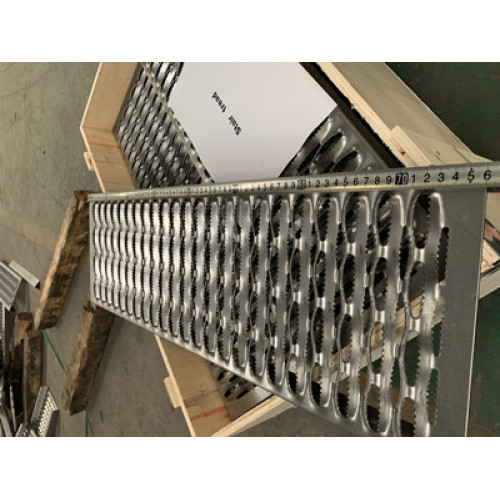Write inks for printing general documents on mimeographs.
Typed wax paper ink, used for mimeograph, speed printers, printing wax paper as the original manuscript. Both of the above are non-dry.
Screen printing plastic ink, used for printing various plastic films and plastic products on the screen machine. Volatile drying, fastness of attachment.
Screen printing iron ink, used for signs and other printing.
Silk screen version of ordinary ink, used for printing paper color pictures, or screen printing textile products.
In addition to the above four types, according to different purposes of use, different characteristics, there are many kinds of inks, such as electrophotographic inks (liquid and powdered ink two), fax communication inks, high temperature resistant inks, liquid crystal inks , Temperature-sensitive ink (color-changing ink), luminous ink, fragrance ink, pressure-sensitive ink, resistance ink, magnetic ink, cover-pin ink, marking ink, hidden ink, and ink-jet printing ink, can be said to be varied, varied .
The selection of the ink must distinguish between the clear version and the printed object. Choose the right ink for different layouts and printing objects.
In terms of ink color, each type of ink has a series of colors. Of course, the three colors are basically similar. Due to the different thickness of the prints in each pattern, there is a small difference in strength injuries, but the basic color properties are the same. The same type of ink, different colors, in the main indicators of the ink, there are differences, this is due to differences in the nature of different pigments, but also after the ink is made, in the process of maturation, when the solid-liquid equilibrium, the liquid material Between the solid pigments and the two phases, the adsorption and wetting of the two phases change the normal state. Therefore, it is necessary to add a regulator or stir before use.
According to the principle of subtractive color of pigments, the colors of similar inks can match each other's colors. It is important to remember that inks of different printing types and different printing objects should not be matched in color.
Source: China Ink Technology Network




